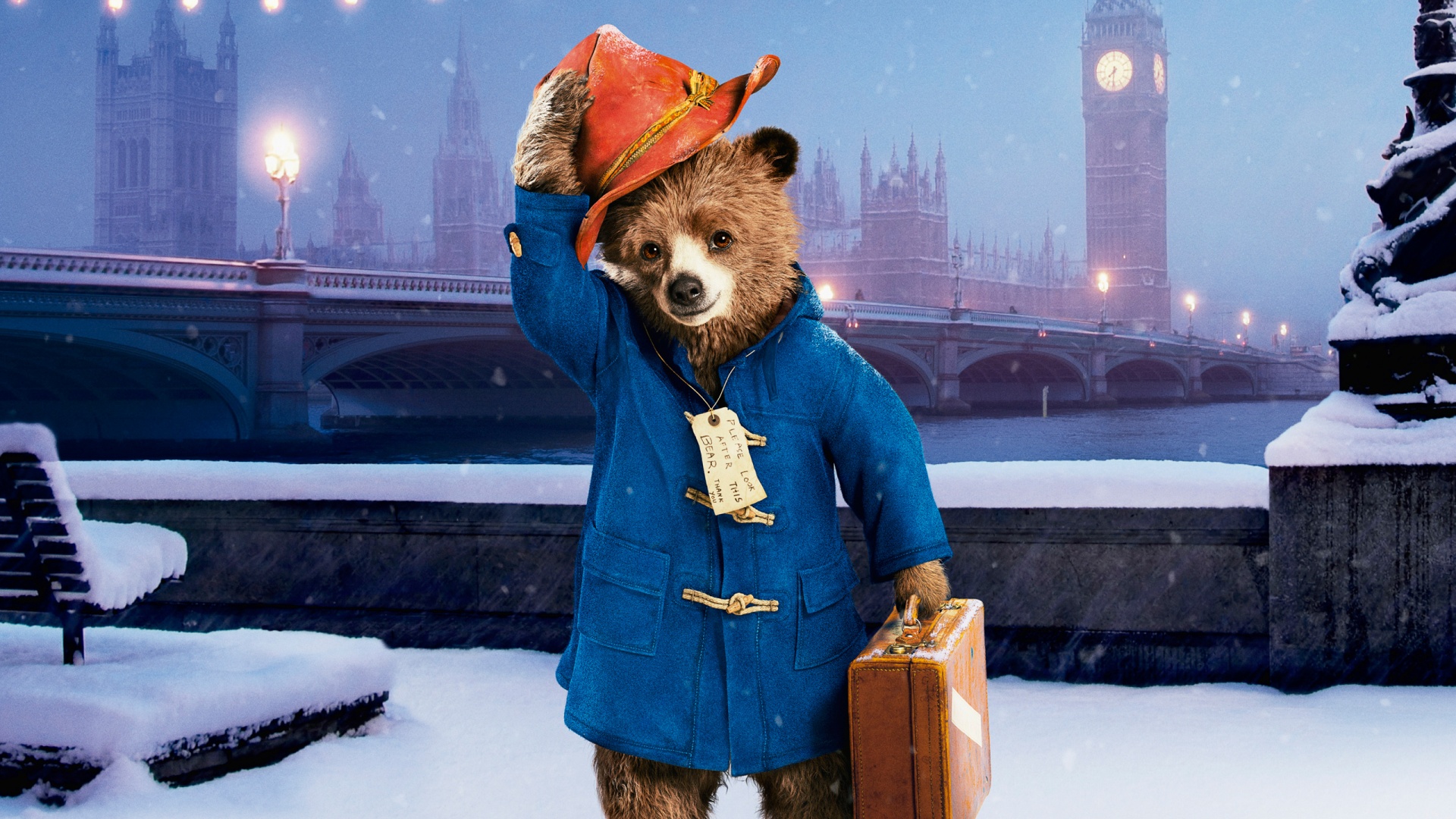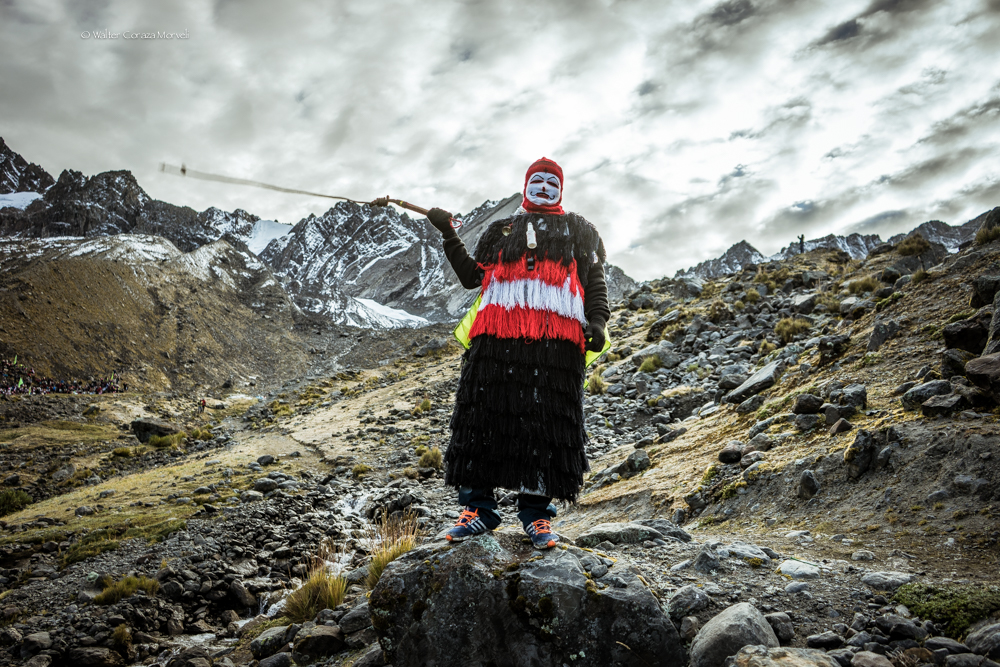From Perú’s Cloud Forest to London, Paddington Bear

Paddington bear, from the jungles of darkest Peru made an appearance in our house the other night. Not only did Lorelei bring home a book, “Paddington Sets Sail”, by Michael Bond, the kids and I also watched the 2014 movie Paddington.
The movie, “Paddington” tells the story of a young bear who is sent to London by his Aunt Lucy after their home is destroyed in an earthquake. She decided to send him to London because years earlier an explorer from the Geographers Guild of England had travelled to “darkest Peru”, and the explorer had made the acquaintance of the bears, assuring them if they ever came to England, they would have a warm welcome. Uncle Pastuzo and Aunt Lucy continued to study English, but never made the trip. “Paddington” (so named by the Browns, the family that took him in, after the train station in which he was found. His actual name was Pastuso – but he is NOT Columbian) came to London, while Aunt Lucy moved to Lima to a “home for retired bears”.

I wondered about this bear from ‘darkest Peru’, who ended up in London’s Paddington station, so I started doing a little reading. First question, “Where is darkest Peru?”
It turns out that ‘darkest Peru’ is the cloud forests near Segundo y Cajas in Peru. The cloud forest makes an excellent home for the spectacled bear, the bear about which Michael Bond wrote the first Paddington story. Well, almost true. Mr. Bond had hoped to have his bear from ‘darkest Africa’ but upon learning that there are no bears indigenous to Africa, he chose Peru and the spectacled bear.
The choice was probably a good one. After the panda, the spectacled bear is the least fierce of the bears, and definably less fierce than the grizzly or polar bear of the Americas. It only eats meat occasionally, preferring a diet of fruit, bromeliads (a group of plants of which pineapple is one) although it will eat the occasional bird. Bears will eat corn and sugar cane if they live close to crops, and are known to feed on dead animals, implicating them in the slaughter of domestic animals. Locals believe the bears eat cows and llamas, so are likely to kill them. Since the bears are mainly herbivorous, Marmalade sandwiches (Paddington’s favorite food; he always keeps an emergency sandwich in his hat) would be ‘quite fitting’ for a spectacled bear.

South American giant short-faced bears (Arctotherium angustiden) were ancestors of the spectacled bears and stood up to 11 feet in height, on their back legs, but the modern male spectacled bear reaches only about 5 feet and a little over 200 lbs. However, just like their Pleistocene ancestors, the spectacled bear may also be facing extinction. Pressures on habitat, misunderstanding about their diet and a demand for their gallbladders for traditional oriental medicine are causing the bears numbers to decline. It is estimated that there may be fewer than 3,000 bears left in the wilds of the Andean cloud forest.
The spectacled bear is named for the markings that are often around the eyes of the bear, giving it the appearance of wearing glasses or goggles.

Mr. Bond took the idea of having Paddington wait in the railway station for a family to adopt him and take care of him from history. Many children that were sent to live outside of London during World War II, and even Mr. Bond even added a tag “Please take care of this bear, Thank You.”, much the same as children sent into the countryside wore.
Things have changed in London from the 1940’s. Paddington found that people were not willing to take home ‘stray bears’. He despaired of finding a family until the Brown’s showed interest. Mr. Brown was very reluctant to take in the little bear but grew to love him. Mr. Brown wasn’t the only one who changed, Paddington brought new life to the family. Mrs. Bird, the housekeeper said, “what this family needed was a bit of chaos”
A bit of chaos describes ukukus, how the spectacled bear is commonly known in Peru. According to Catherine Allen, most people in the upper Andean highlands have little experience with the actual bears. Most of their information is second or even third hand. Although few people have actually seen a bear in real life, the ukukus are “the most common animals represented by dancers in Andean villages” . The ukuku costumes are ‘virtually identical. A tubular shaped garment with arms, which is pulled on over the head; the garment is covered with overlapping layers of black, multicolored or sometimes fringe.” Additionally, each dance wears a ski mask and carries a whip.

The ukukus perform for Quyllor R’iti every year and provide their own bit of chaos.
Perhaps Paddington’s Uncle Pastuzo was a ukuku.
http://www.livescience.com/11701-standing-11-feet-world-largest-bear-unearthed.html




